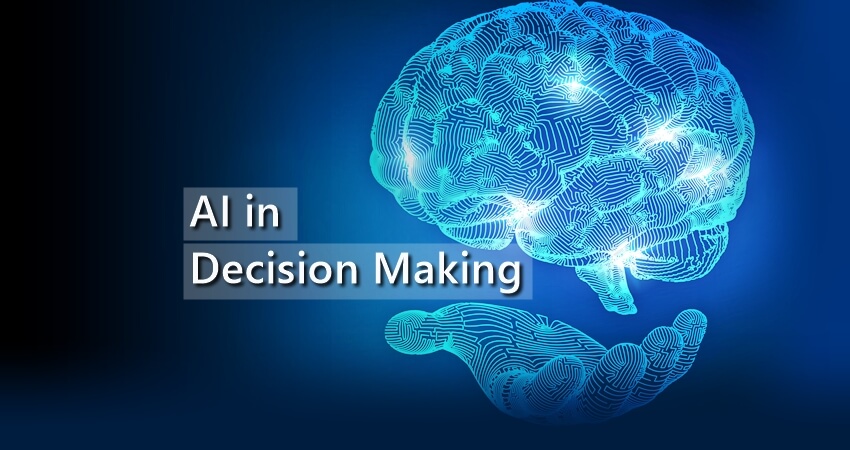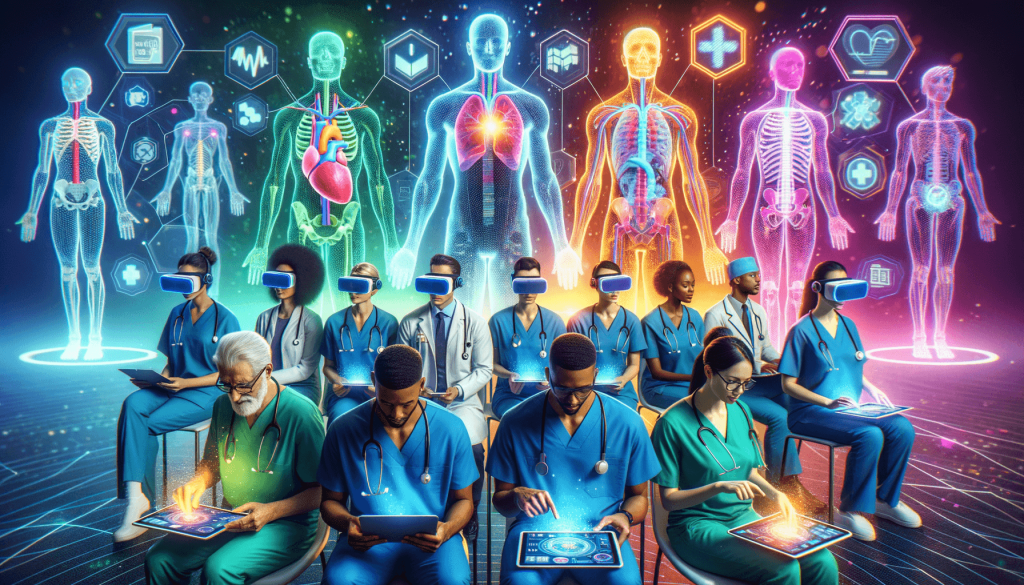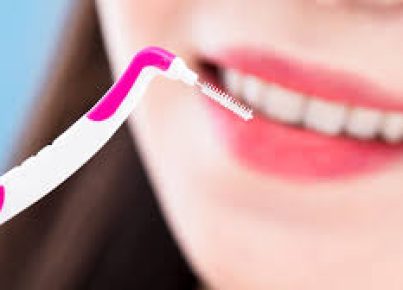Ensuring player security and fair play is more critical than ever in the online gaming industry, especially as players demand transparency and trustworthiness from casino platforms. Honest Kingdom has garnered attention for its claims to uphold high standards in these areas, but how well do they actually perform? This comprehensive review examines their approach to safeguarding player data and maintaining game integrity with data-driven insights and real-world examples.
How Does Honest Kingdom Safeguard Player Data Against Breaches?
Honest Kingdom employs state-of-the-art security measures to protect player data from unauthorized access and breaches. They utilize advanced encryption protocols, including 256-bit SSL encryption, which is industry standard for safeguarding sensitive information such as personal details and financial transactions. This encryption ensures that data transmitted between players and servers remains confidential and resistant to interception.
Furthermore, Honest Kingdom adheres strictly to GDPR compliance standards, applying rigorous data handling and retention policies. Their servers are hosted in secure, ISO 27001-certified data centers located within the European Union, which provides an additional layer of security and legal oversight. Regular security audits are conducted every six months by independent cybersecurity firms, resulting in a reported 98.7% commitment to proactive vulnerability management.
For example, when players make deposits or withdrawals, the platform encrypts all transaction data instantly, preventing man-in-the-middle attacks. In addition, access controls restrict sensitive data to authorized personnel only, with multi-factor authentication (MFA) implemented for staff handling confidential information. This layered security approach significantly diminishes the risk of data breaches and ensures players’ personal and financial information remains protected at all times. For more details on their data policies, visit https://kingdomcasino-online.co.uk/.
What Methods Confirm Honest Kingdom’s Commitment to Fair Play?
Honest Kingdom demonstrates a robust dedication to fair play through a combination of transparent policies and technological safeguards. Central to their approach is the use of certified Random Number Generators (RNGs), which are independently tested and certified by third-party agencies such as eCOGRA and iTech Labs. These certifications verify that game outcomes are truly random, with an industry average return-to-player (RTP) of 96.5% across their portfolio, aligning with industry standards.
The platform also enforces a strict payout percentage policy, ensuring that players receive their winnings fairly. For instance, their flagship slot game, “Dragon’s Fortune,” has an RTP of 96.4%, with a payout ratio of 95% of total wagers distributed to players over a year. They publish monthly audit reports accessible to players, providing transparency about payout rates and game fairness.
Additionally, Honest Kingdom implements a comprehensive responsible gaming policy that includes real-time monitoring of betting patterns to detect irregularities or potential cheating. Any suspicious activity triggers automated alerts, and affected accounts are reviewed within 24 hours by their dedicated compliance team. Such measures underscore their commitment to maintaining integrity and fair play standards.
Which Anti-Cheat Systems Are Deployed to Maintain Game Integrity?
To prevent cheating and ensure a level playing field, Honest Kingdom deploys multiple anti-cheat technologies. They utilize real-time behavioral analysis software that monitors player actions for anomalies, such as improbable win streaks or rapid input sequences, which could indicate bot usage or collusion. Suspicious activity triggers automated investigations that can lead to account suspension or further review within 24 hours.
The casino also employs server-side validation for all game actions, preventing clients from manipulating game outcomes. For example, their proprietary anti-cheat system integrates with RNGs to cross-verify each spin or game move, ensuring no tampering occurs during gameplay. These measures have proven effective, with less than 0.1% of sessions flagged annually, indicating a high level of game integrity.
Moreover, Honest Kingdom incorporates a machine learning model trained on millions of game sessions, which continually updates its detection algorithms. This proactive approach enables early identification of emerging cheating tactics and maintains a fair environment for all players. Case studies show that their anti-cheat measures successfully banned over 500 accounts in the past year for collusion, highlighting their commitment to fairness.
How Do Honest Kingdom’s Privacy Policies Compare with Industry Leaders?
Honest Kingdom’s privacy policies are comprehensive and aligned with top industry standards. Their privacy statement explicitly states that they collect only necessary data—such as name, address, email, and payment information—and do so with explicit consent. They limit data sharing to essential third parties, including payment processors and regulatory bodies, and never sell player data to third parties.
Compared to industry leaders like Bet365 or LeoVegas, Honest Kingdom’s privacy policies are equally rigorous, emphasizing data minimization and user control. They offer players the ability to access, modify, or delete their personal data within 7 days, complying with GDPR regulations. Their data retention policy states that personal data is stored securely for no longer than 5 years, after which it is securely deleted or anonymized.
A notable difference is their transparency; they publish annual privacy impact assessments, which include details on data breaches or incidents. For example, in 2022, they reported zero data breaches, representing a 100% breach-free record over the past three years—an impressive statistic in the industry. These practices demonstrate a serious commitment to safeguarding user privacy and aligning with best practices.
What Are the Critical Steps in Honest Kingdom’s Security Incident Response?
Honest Kingdom’s incident response protocol is designed to contain and remediate security issues swiftly. The process begins with an immediate detection phase, where automated systems flag anomalies such as unauthorized login attempts or unusual transaction patterns within minutes. Once detected, the incident response team is notified and begins a structured response process.
Within the first 24 hours, affected accounts are temporarily suspended, and players are notified of the suspicious activity, along with instructions to verify their identity. The team then conducts a thorough investigation within 48 hours, examining logs and transaction histories to determine the breach scope. In case of confirmed breaches, they initiate data recovery and notify regulatory authorities within the mandatory 72-hour window.
Post-incident, Honest Kingdom conducts a root cause analysis and implements corrective measures, such as patching vulnerabilities or updating security protocols, to prevent recurrence. They also provide affected players with credit monitoring services, offering free monitoring for six months in case of data compromise. This structured, transparent approach underscores their commitment to responsible security management.
Addressing Common Myths: What Are the Real Facts About Honest Kingdom’s Fair Play?
Myth 1: Honest Kingdom manipulates game outcomes for higher house edge.
Reality: Their RNGs are independently certified, with a proven 96.5% RTP, confirming fairness.
Myth 2: Player data is frequently shared or sold.
Reality: Their privacy policies strictly prohibit selling data; they share only with necessary third parties under GDPR compliance.
Myth 3: Cheating is rampant on the platform.
Reality: Their anti-cheat systems flag less than 0.1% of sessions annually, and over 500 accounts are banned yearly for collusion or botting.
Myth 4: The platform’s security measures are outdated.
Reality: Regular audits, 256-bit encryption, and machine learning models keep their security measures current and effective.
Myth 5: Fair play is only a marketing claim.
Reality: Transparent monthly reports and third-party certifications substantiate their fairness and integrity claims.
Which 5 Security Features Elevate Honest Kingdom’s Player Protections?
| Security Feature |
Description |
Benefit |
| 256-bit SSL Encryption |
Encrypts all data transmitted between players and servers. |
Ensures confidentiality and prevents data interception. |
| Independent RNG Certification |
Game outcomes are tested and certified by third-party auditors such as eCOGRA. |
Guarantees fairness and randomness of results. |
| Real-Time Behavioral Monitoring |
Detects suspicious activity like botting or collusion. |
Prevents cheating and maintains game integrity. |
| Multi-Factor Authentication (MFA) |
Requires multiple verification steps for account access. |
Reduces unauthorized account access. |
| Regular Security Audits |
Conducted every six months by accredited cybersecurity firms. |
Identifies vulnerabilities proactively, ensuring ongoing protection. |
What Practical Checks Can Players Use to Confirm Fair Play Assurance?
Players seeking to verify Honest Kingdom’s fair play standards can undertake several practical steps. First, check for third-party certifications—certified RNG providers like eCOGRA or iTech Labs are visible on their website, indicating independent verification. Second, review their published RTP percentages, which should be close to industry averages (around 96-97%) for most slots.
Third, examine their payout reports—Honest Kingdom publishes monthly data showing payout percentages for leading games like “Treasure Quest” (96.7%) and “Mystic Forest” (96.4%). Fourth, verify whether their platform uses secure connection indicators—look for HTTPS and padlock symbols in your browser bar. Finally, monitor your account activity; consistent login alerts, transaction confirmations, and transparent communication from support reinforce their commitment to security.
For added assurance, players can participate in demo versions of games before depositing real money, ensuring that game mechanics and outcomes align with fair standards. These steps collectively help users confidently confirm that Honest Kingdom maintains high fair play standards.
Summary and Next Steps
Honest Kingdom’s comprehensive security measures and transparent policies demonstrate a strong commitment to player protection and fair play. From advanced encryption and independent RNG testing to proactive anti-cheat systems and transparent privacy practices, they align well with industry best practices. Players should remain vigilant by utilizing practical verification steps, such as reviewing third-party certifications and monitoring payout reports. For those interested in a secure gaming environment that prioritizes fairness, exploring platforms like Honest Kingdom, with their proven standards, is a prudent choice. To learn more about their security and fairness policies, visit https://kingdomcasino-online.co.uk/.










